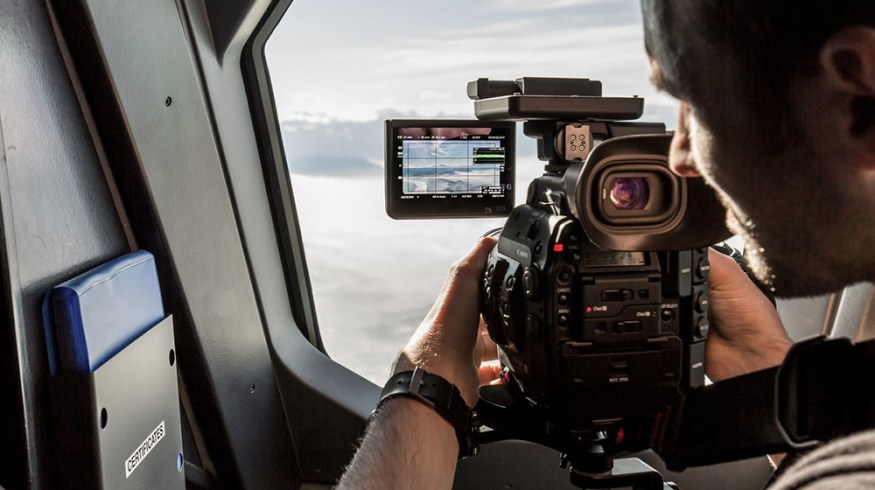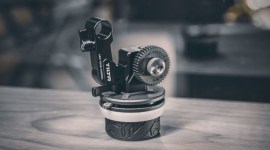
Why the Canon C300 Mark II Is the Gold Standard for Documentaries
With so many cameras on the market today, it’s tough to choose which one is right for your production. Here are the reasons I choose the Canon C300 Mark II.
Top image of C300 via Lauschsicht on Vimeo
Almost every camera now has internal 4K, slow-motion capabilities and at least ten stops of dynamic range. When starting on a project, there’s sometimes more to consider when choosing a camera than just specs on a sheet of paper. There will always be a camera that’s more fitting for one type of job over the other. When it comes to documentary work, in my book, the Canon C300 Mark II is the gold standard. Here are the top three reasons why I’m using it on my next documentary shoot.
1. The Image
A video from Lauschsicht featuring C300 footage
A lot of people are now shooting documentary projects with the Sony FS7 and FS5. It’s what they use for VICE on HBO. It’s a fact that the Sony line of cameras simply have better slow motion capabilities. However, I’ll trade high frame rate capabilities for better looking skin tones. I’m not planning on finishing the film in 4K, so 1080p and 120 fps will suffice. Skin tones are a huge reason why I choose the C300 Mark II. Canon’s C-Series is known for the beautiful way they render skin.
Canon Log 2 is a great part of the Canon image. The profile is great at pulling out the kind of images the camera was built for. My favorite feature of CLog 2 is that in Premiere you can drop in an Alexa LUT and the footage looks beautiful.
Here’s a super helpful article on the C300 Mark II by the team at the Hurlblog.
2. Reliability and Ease of Use
The C300 Mark II just works. It doesn’t put up a fuss. The menu system is easy to understand and I personally enjoy the ergonomics. On my last documentary, we filmed up on the continental divide. It was the middle of February. The wind was impossibly harsh. It was -15 degrees and there were five-foot snow banks. In those extreme conditions, you want a camera that you know will work for you no matter what. The camera never gave up on us in those extreme circumstances. It was dependable.
The versatility of this camera is something to consider as well. It works well as a stripped-down run-and-gun workhorse with every feature you’d need built in. If you have a larger budget, you have all the connections you need to run larger batteries and attach most any accessories.
3. Lenses
 Canon EF 70-200mm f/2.8L USM Lens via B&H Photo
Canon EF 70-200mm f/2.8L USM Lens via B&H Photo
Canon’s line of lenses are great. No matter what focal length you need, you’ll easily be able to find or get access to what you need. This was a huge drawback to other cameras for me. I’m not a huge fan of lens adapters. You have to adjust for exposure when using them and sometimes they just don’t work the way they were intended. I would much rather just have a lens that works natively with the mount of the camera. Plus, there’s great EF mount cinema lenses that you can use. Also, you have the option of shooting with PL lenses with a PL mount equipped C300 Mark II.
Overall, we’re really in the golden age of cameras. There are a ton of great options that you can use for any of your upcoming projects and most of them will do an excellent job. For me, I choose the Canon C300 Mark II.
What are your thoughts on the C300 Mark II? Is there a better option for documentary filmmaking? Let us know your thoughts in the comments below.





